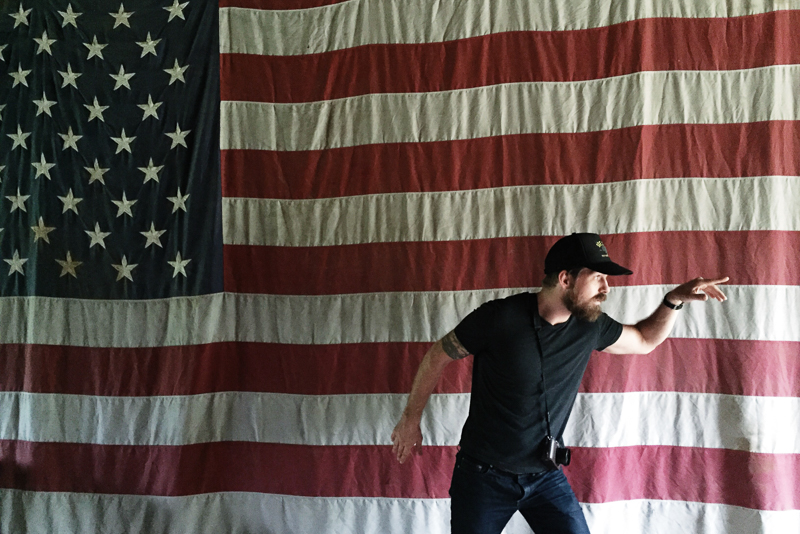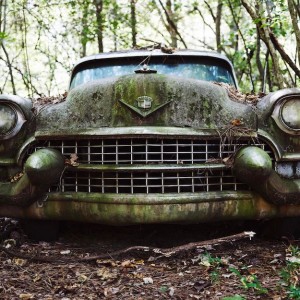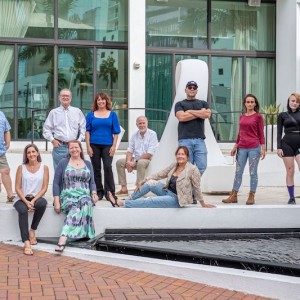Tristan Wheelock thought he was going to be a writer. A graduate from University of South Florida, where he studied journalism, Wheelock’s journey to becoming a photographer sounds like something out of legend, a life’s course transformed as if by fate by chance encounters, globetrotting adventures and words of wisdom at the foot of the Himalayan mountains.
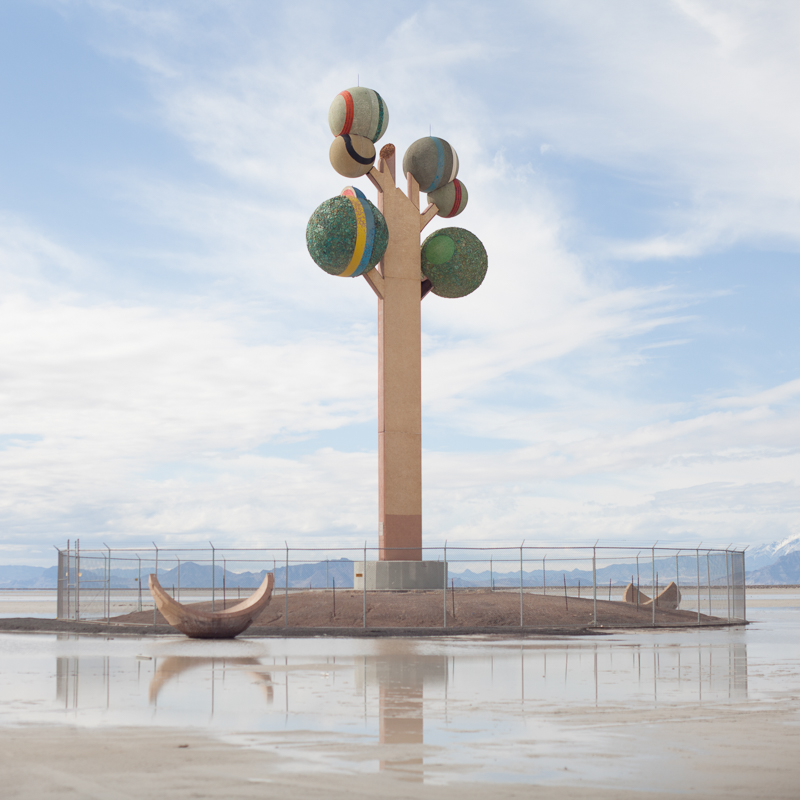
Post-graduation was a restless time, says Wheelock. “My friend and I had always talked about having adventures,” he says, “and we weren’t having any.” So they bought a van and road-tripped out California Way. Wheelock owned the only camera in the group, a modest digital setup, and so became de facto photographer. But the real adventure began upon his return when Wheelock, again restless, planned a spur-of-the-moment trip to India with a friend. His buddy bailed so Wheelock left the country, for only the second time, alone with his camera.

“It was culture shock,” says Wheelock, who touched down in Mumbai sometime around midnight, heading off into surrounding Dharavi, one of the biggest slums in Asia, traveling the dark amongst “three-legged dogs, cows eating trash, children running naked through the streets and open fires.” Snapping pictures along the way, Wheelock made his way north, arriving in McLeod Ganj, home of the Dalai Lama and the Tibetan government-in-exile. “At this point, I’m making a transition; I’m teaching myself,” says Wheelock. “I’d thought of myself as a writer but I gravitated toward photography.” And here, in the shadow of the Himalayas, Wheelock stumbled across a traveling photojournalist in a seemingly fated conclusion.
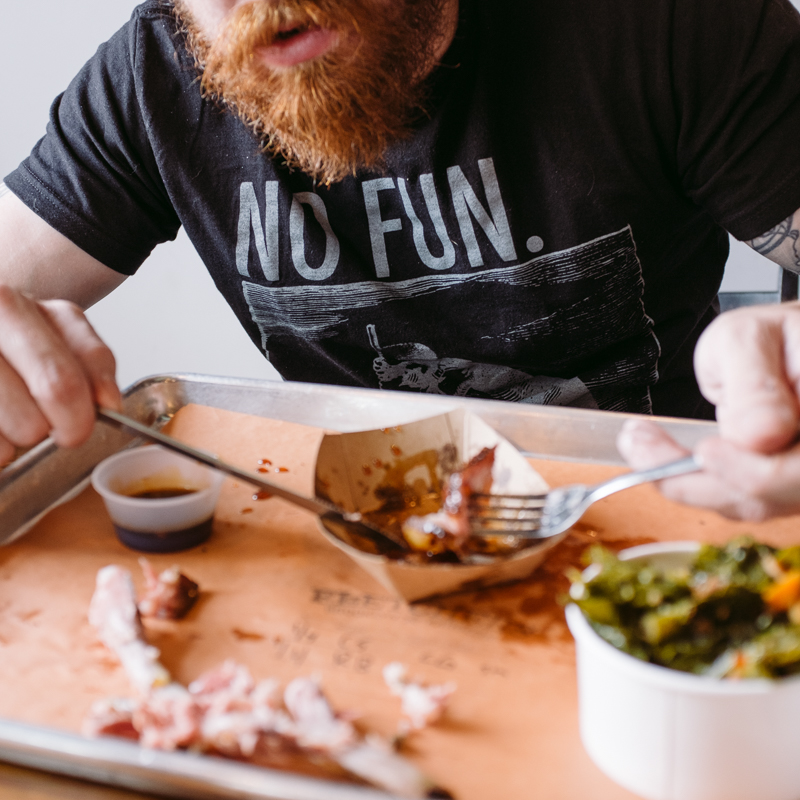
Returning to the United States after an abbreviated trip to Thailand, Wheelock began his own photography career in earnest, exploring the world around him and documenting what he found. Most often subject-based, Wheelock turns his lens on the people who make up his world, those important to him and those many would overlook. “I’ve always documented people on the outside of the norm,” he says. It’s a result of never quite knowing where his feet are taking him until he bumps into someone he considers a “character.”
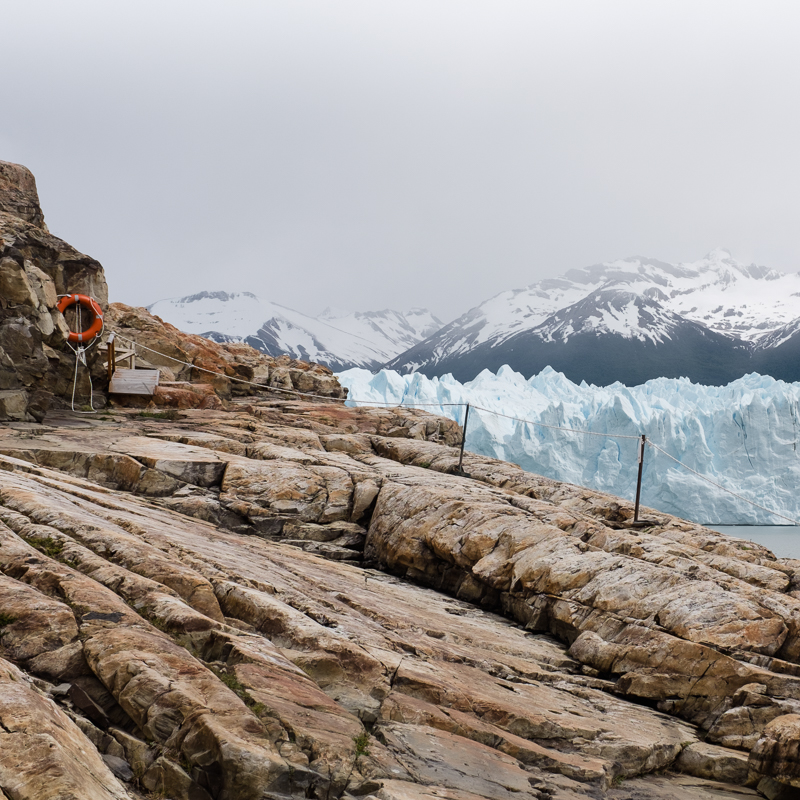
“That’s how these things evolve,” he says with a bit of a verbal shrug. A student of “cult” photographer Jason Eskenazi, Wheelock adopted a similarly uncompromising approach to his art. “[Eskenazi] made the images he wanted to make and documented the world in a unique way,” Wheelock says. “I stopped wanting to do reportage for magazines and just started documenting the world around me. My work became personal.”
And so did his connection to the process of photography. Picking up a large-format tin-plate camera inherited from some forgotten ancestor more than a century prior, Wheelock gave up digital photography for the more hands-on traditional approach, complete with darkrooms and chemical washes and all the little exactitudes from the form’s beginning. “At that point, you’re seeing photography happen in front of you,” says Wheelock. “It’s a very sensory experience and puts that magic back in photography.”
“Photography’s been so many different things for me,” continues Wheelock. “It’s been a way to deal with loss, to explore the world – just an excuse to be in a place. I don’t know what I want other people to think, but that’s what it is for me. “It’s a reason to experience the world.” S





